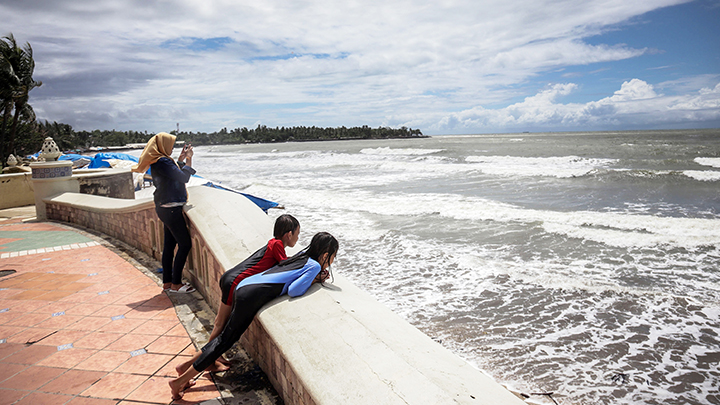possible Massive Earthquake and tsunami
Monday, October 5, 2020
arsip tempo : 171350494732.

NEWS about a potential megathrust or massive earthquake that could trigger 20 meters tall tsunami waves along the southern coast of Java island struck fear into Ellyn’s heart. Although the information is not entirely new, Ellyn, a resident of Pangandaran Beach, West Java, remains concerned. “I hope we will all be saved from any danger,” she wrote on social media. Another netizen who goes by the name Fitri chose not to pass the i
...
Subscribe to continue reading.
We craft news with stories.
 For the benefits of subscribing to Digital Tempo, See More
For the benefits of subscribing to Digital Tempo, See More









